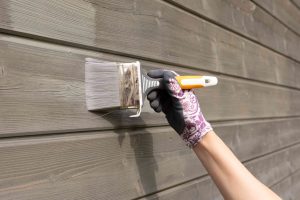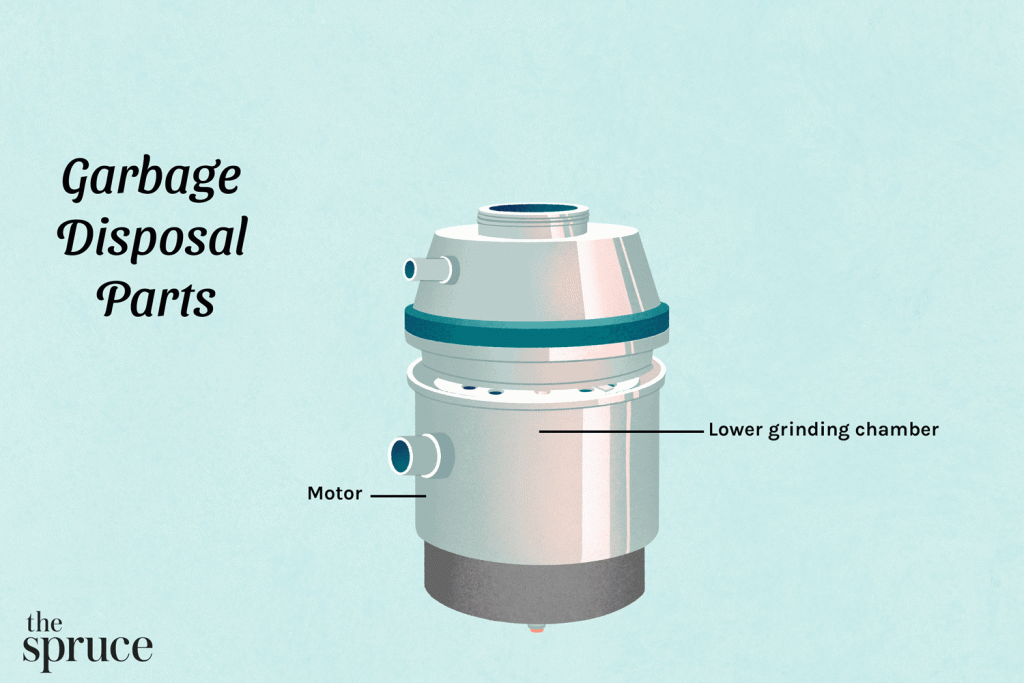Few appliances in the kitchen get as much hard use (and abuse) as a garbage disposal. This is an essential tool in most kitchens, but you usually don’t realize just how important it is until it stops working. Most garbage disposals are self-contained units with non-removable housings. Aside from connecting a cord or making drain hookups, the only parts you need to assemble or disassemble are at the top, where the disposal mounts to the sink. These are the parts you have to deal with when you need to remove a garbage disposal.
And while you can’t get inside the main unit of most disposals, it helps to know what’s down there when you need to free a jam or troubleshoot other problems. This also takes the mystery out of fishing around inside the unit with your hand when you need to extract something (only when the power is off, of course).
Main Components of a Garbage Disposal
A garbage disposal is essentially a plastic or metal canister with a motor in the bottom and a large open compartment that catches food waste. Called a hopper or grinding chamber, the compartment has a spinning metal plate (sometimes called a flywheel) at its base. The plate is attached to the motor and can spin at speeds around 1,790 rpm.
On top of the plate are two metal “teeth,” or impellers, that spin independently from the plate. When the disposal is turned on, the spinning plate and impellers force food against a grinding ring (or shredder ring) that circles the interior of the chamber. As the food is pulverized into tiny pieces, water from the kitchen faucet washes the food bits through holes in the grinding ring, out of the chamber, and into the drain pipe.
Garbage Disposal Dishwasher Connection
Garbage disposals always include an inlet pipe or nipple for connecting a dishwasher drain hose. This is typically located near the top of the unit housing and feeds into the grinding chamber. The dishwasher hose fits over the nipple and is secured with a hose clamp.
When you buy a new garbage disposal, the dishwasher inlet is closed off with a removable plastic knockout. You have to remove the knockout before connecting the dishwasher drain hose. In most cases, you simply stick a screwdriver into the inlet and tap it with a hammer to pop out the knockout (a plastic disc). Be sure to fish the knockout disc from the grinding chamber before running the disposal for the first time.
Underside View of a Garbage Disposal
The underside of the disposal unit is where you find two features that help when the unit is jammed or stops working. One is the motor reset button. Disposals have an internal switch or breaker that trips when the unit is jammed, to prevent the motor from overheating.
If your disposal does nothing when you turn it on, flip off the disposal switch, then press the reset button, and try the switch again. If the disposal turns on but clicks off again right away, the unit is jammed. Remove the jam before resetting the button again.
The other feature is there to help you remove a jam. It’s a hex-shaped recessed nut that is connected to the motor. When a unit is jammed, you can use a special wrench (which comes with the unit) or a standard Allen key to move the impeller plate back and forth to loosen the jam. Do this only when the power is off.
Note: Some brands, such as Waste-King, have models with the reset button located on the front of the unit.
Read the full article here














